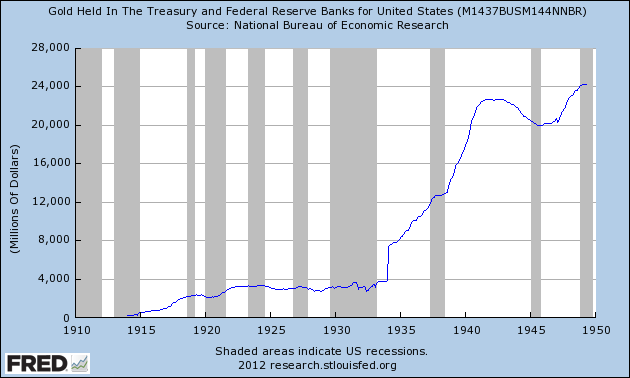– On This Day in 1933 ( The Circle Bastiat, June 13, 2013):
You were considered a hoarder and a slacker if you still resisted turning over your gold to the government. From the New York Times, June 13, 1933:
(Click on the image for a sharper picture.)
Roosevelt had only been in office for 101 days and while there was broad bipartisan support for inflationary policies in Congress, it’s safe to say that most of those who voted for FDR never expected him to confiscate private holdings of gold coins, bullion, and certificates. Roosevelt called the measure a temporary one (it wasn’t), and he followed it up by invalidating gold clauses in private contracts that obligated payment in gold dollars, which had the effect of devaluing the assets of bond and contract holders. Many of these hoarders and slackers purchased gold as a hedge against the (Fed-fueled) inflationary boom of the 1920s and then hung on to it during the Hoover years when his crazed and unprecedented interventions in wages and prices caused a normal market correction to devolve into a depression. Why would they trust Roosevelt any more?
They were smart not to. By January 1934, Roosevelt increased the dollar price of gold from $20.67 to $35, thus devaluing the dollar by 70 percent while increasing the value of gold that the government now owned.
Gold flowed to the United States because the new price exceeded the world price, causing Fort Knox to become, well, Fort Knox. Since the Treasury was authorized to maintain the new dollar-gold exchange rate, it increased the money supply accordingly. Over the next three years, M2 increased by an average of 13.4 percent a year. Congress and the president with strong ties to Wall Street got the inflation they wanted.
Queue the tape: “Happy Days Are Here Again.”
A major constraint on the federal government’s ability to spend had been lifted, and by the end of the decade the balance of political power had shifted from the states and the cities to Washington, D.C. It remains to be seen whether inflating the money supply will have any different effect in the 2010s than it did in the 1930s.

